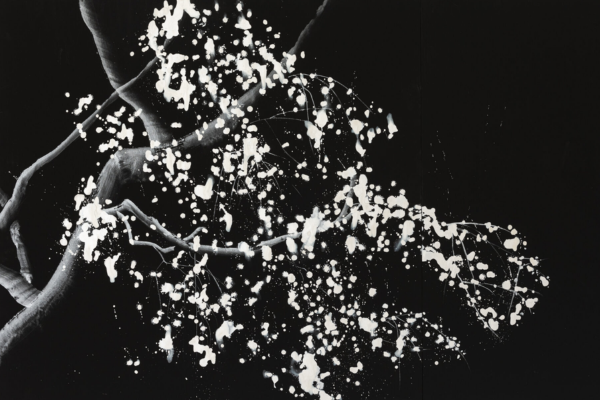The Beauty of Simplicity in Japanese Painting: Wabi-Sabi
Wabi-Sabi is a philosophy deeply rooted in Japanese culture and has been intrinsic to Japanese painting for centuries. This aesthetic concept values the beauty of simplicity and imperfection and has become a defining pillar of visual arts in Japan.
Wabi: The Beauty of Simplicity
The term ‘Wabi’ is derived from the root ‘Wabu’, which means ‘loneliness’ or ‘sadness’. Originally, this term was associated with a sense of solitude and desolation, but over time, its meaning has transformed. Today, ‘Wabi’ evokes a sense of peace and tranquility that arises from simplicity and modesty. In Japanese painting, ‘Wabi’ manifests in a simple, unadorned composition, and in the choice of humble subjects, like a wilted flower or a fallen leaf. Artists following this aesthetic seek to express a sense of serenity and appreciation for the simple, using a minimalist visual language.
Sabi: The Beauty of the Old and Worn
‘Sabi’ refers to the beauty that arises with the passage of time. It denotes a sense of soft decay, of age and wear, and is an appreciation of life at all its stages, even in its decline. In Japanese painting, ‘Sabi’ can be appreciated in the representation of objects that bear the marks of time, such as an ancient temple or an aged tree. This aesthetic can be embodied by incorporating textures that evoke the passage of time or by portraying scenes of change and transition.
Sensitivity to the Ephemeral in Japanese Painting: Mono-no-aware
‘Mono-no-aware’ is another core concept in Japanese painting, referring to the sensitivity towards the transience of life and all things. This term encapsulates a range of emotions – from nostalgia to melancholy, through a sort of bittersweet appreciation of ephemeral beauty.
The Beauty of the Ephemeral
‘Mono-no-aware’ can be seen in Japanese painting that captures fleeting moments of natural beauty. A popular theme in Japanese painting that exemplifies this is the cherry blossoms, which symbolize both the ephemeral beauty of spring and the inevitability of the petals falling. Artists capture these fleeting moments with a sensitivity that evokes a feeling of melancholy and appreciation for the ephemeral beauty of nature.
Emotion in Transience
‘Mono-no-aware’ also involves an emotional awareness of transience. In Japanese painting, this can manifest in capturing scenes of change and transition, like the passage of seasons. The artistic technique used here can be subtle, with a delicate color palette and light brushstrokes, but the emotional impact created is strong and moving.
How Wabi-Sabi and Mono-no-aware Reflect in Japanese Painting
The concepts of Wabi-Sabi and Mono-no-aware can be appreciated both in the choice of subjects and in the technique of Japanese painting.
The Choice of Subjects
The subjects of Japanese painting often reflect the concepts of Wabi-Sabi and Mono-no-aware. Everyday life and nature play a significant role as artists seek to capture moments of beauty and transience. From a simple household object to a landscape or a scene from nature, subjects are carefully selected to convey these concepts.
The Technique of Painting
The technique of Japanese painting also reflects these aesthetic concepts. Brushstrokes may be deliberately irregular or incomplete to evoke Wabi-Sabi, while the use of space and light can suggest Mono-no-aware. Japanese painting does not focus on perfection and precision, but on emotional expression and capturing fleeting moments.
In conclusion, Wabi-Sabi and Mono-no-aware are aesthetic concepts that permeate Japanese painting. Artists working within this tradition seek to capture and communicate these subtle sensibilities, providing a unique and moving perspective on life and nature.


